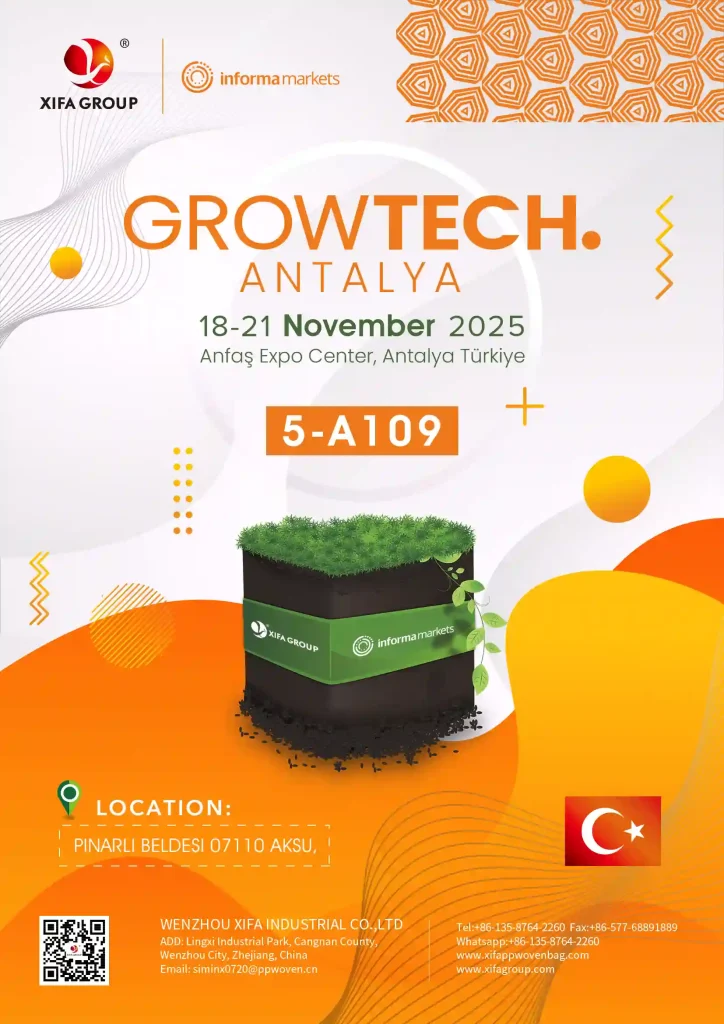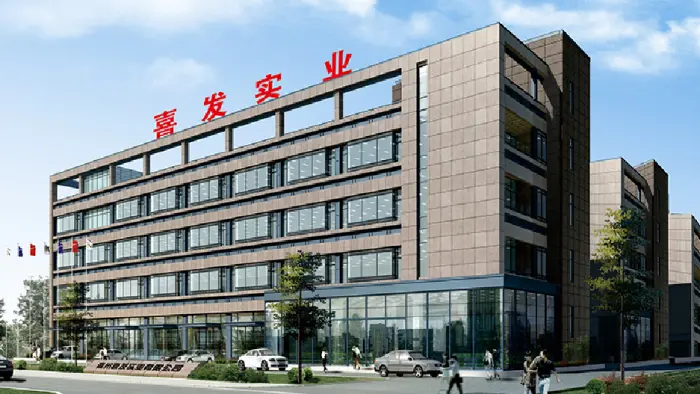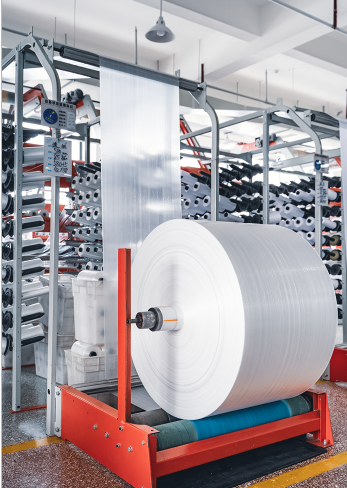
Flexible Intermediate Bulk Containers (FIBC), commonly referred to as jumbo bags or bulk material bags, are valuable for industries that handle large volumes of dry, flowable products.
These bags are made from a flexible woven fabric and can store and transport materials efficiently.
FIBC bags have significant benefits for product packaging such as cost, durability, and flexibility.
However, choosing the right FIBC bags depends on the specific application, as different types offer varying features and strengths.
So, understanding the different types and their unique characteristics is crucial for businesses looking to maximize their material handling processes.
Read on to learn more.
FIBC bags are primarily used for the storage and transportation of dry, flowable products such as grains, chemicals, minerals, and powders.
These bags are lightweight but incredibly durable, making them ideal for storing bulk products in large quantities.
FIBC bags are also widely used for construction materials, like sand or gravel, and in the agricultural sector for packaging fertilizers and seeds.
Their versatility makes them essential for industries that require efficient material handling solutions, and they are designed to handle weights from 500 kg to 2,000 kg, depending on the specific bag type.
There are several different types of FIBC bags. Below are 5 of the most common types:
U-panel FIBC bags are one of the most popular types, constructed from 3 main pieces of fabric.
One piece forms the bottom and two sides (the “U”), and the other two pieces form the remaining sides.
U-panel bags maintain a square or rectangular shape when filled, which allows for easy stacking and handling.
These bags are widely used for bulk storage because of their durability and ability to hold their shape.
Also called tubular bags, circular FIBC bags are constructed from a single piece of fabric, which eliminates the need for seams along the sides.
These bags have stitching only at the top and base — making them more resistant to seam failures.
Circular FIBC bags are particularly useful in industries where the bulk material is less dense, as these bags are less likely to bulge or lose their shape when filled compared to other types.
However, they will not hold their shape as well as U-panel or 4-panel bags.
Four-panel FIBC bags are constructed from four side panels and a separate base.
These bags offer superior structure and shape retention when filled, making them ideal for stacking and storage in confined spaces.
The design requires more stitching compared to U-panel or circular bags, which can lead to potential seam issues.
Despite this, 4-panel bags are a favorite in industries that value stability, like the food, chemical, and pharmaceutical sectors.
Baffled FIBC bags have internal fabric panels sewn into each corner to help the bag maintain a square shape when filled.
These bags, also known as Q bags, prevent the bulging or “bellying” seen in other designs and allow for better stackability and more efficient use of storage space.
Baffled FIBC bags are commonly used in applications where material flow needs to be controlled or in situations where space is a premium.
Single and double-loop FIBC bags are constructed from a single piece of fabric that includes integrated loops for lifting.
These bags are more cost-effective and provide higher breaking strength compared to traditional four-loop bags.
Single and double-loop bags are especially popular in industries like agriculture and construction where the cost-effectiveness of the packaging is important.
These FIBC bags are ideal for jumbo bag storage and are typically used with FIBC liners to protect the contents from moisture and contamination.
IBC (Intermediate Bulk Container) and FIBC (Flexible Intermediate Bulk Container) are terms often used interchangeably, but they refer to different types of containers.
IBCs are rigid containers, usually made of metal or plastic, used for storing and transporting liquids and granular materials.
FIBCs, on the other hand, are flexible fabric containers designed for storing dry, flowable products.
These bags are also lightweight, collapsible, and versatile in their applications, whereas IBCs are used primarily for liquids and are not collapsible.
FIBC bags are used across a wide range of industries, including:
| Agriculture | For storing and transporting seeds, fertilizers, grains, and animal feed. |
| Construction | Used to store and move materials like sand, cement, and gravel. |
| Chemicals | FIBC bags are widely used for transporting chemicals and powders in large quantities. |
| Pharmaceuticals | The high purity and strength of FIBC bags make them suitable for pharmaceutical powders and other sensitive materials. |
| Food Industry | FIBCs are also used for bulk packaging of food products such as flour, sugar, and spices. |
FIBC bags are primarily made from woven polypropylene fabric, which gives them flexibility, durability, and resistance to tearing.
Some FIBC bags are made from polyethylene for added moisture resistance.
FIBCs can be coated or uncoated depending on the type of material being stored.
For instance, a coated FIBC bag provides better protection against moisture, while uncoated bags are more breathable.
This makes them ideal for products that need ventilation, like agricultural products.
Relevant Read: How Are FIBC Bulk Bags Made?

When selecting FIBC bags for your business, it’s important to choose a reliable manufacturer that understands your needs.
XiFa Group, a leader in the FIBC manufacturing industry, offers a wide variety of high-quality FIBC bags designed for different applications.
Their focus on innovative technology and quality assurance ensures that their bags meet the highest industry standards.
Whether you need single-loop FIBC bags or specialized material handling bags, XiFa can provide the right solution tailored to your requirements.
Read Next: FIBC Bag Sizes: A Guide to Choosing the Right Fit




